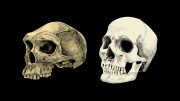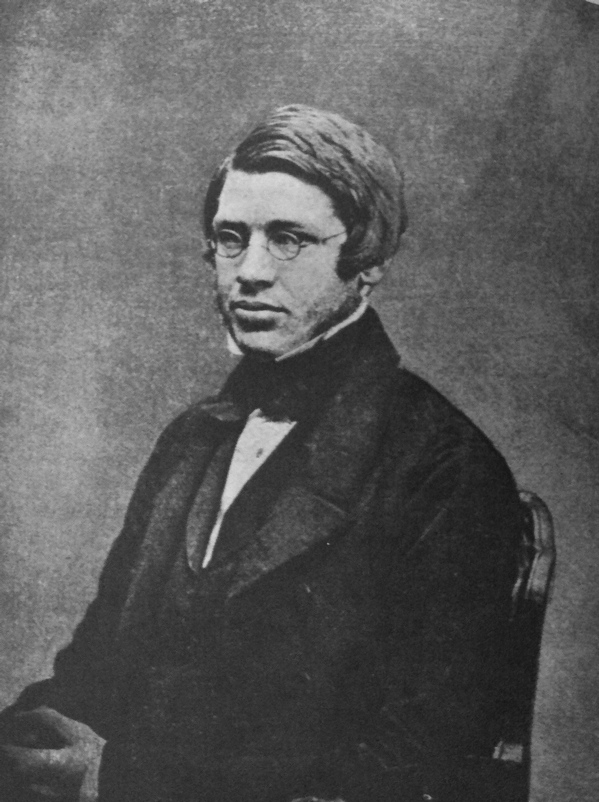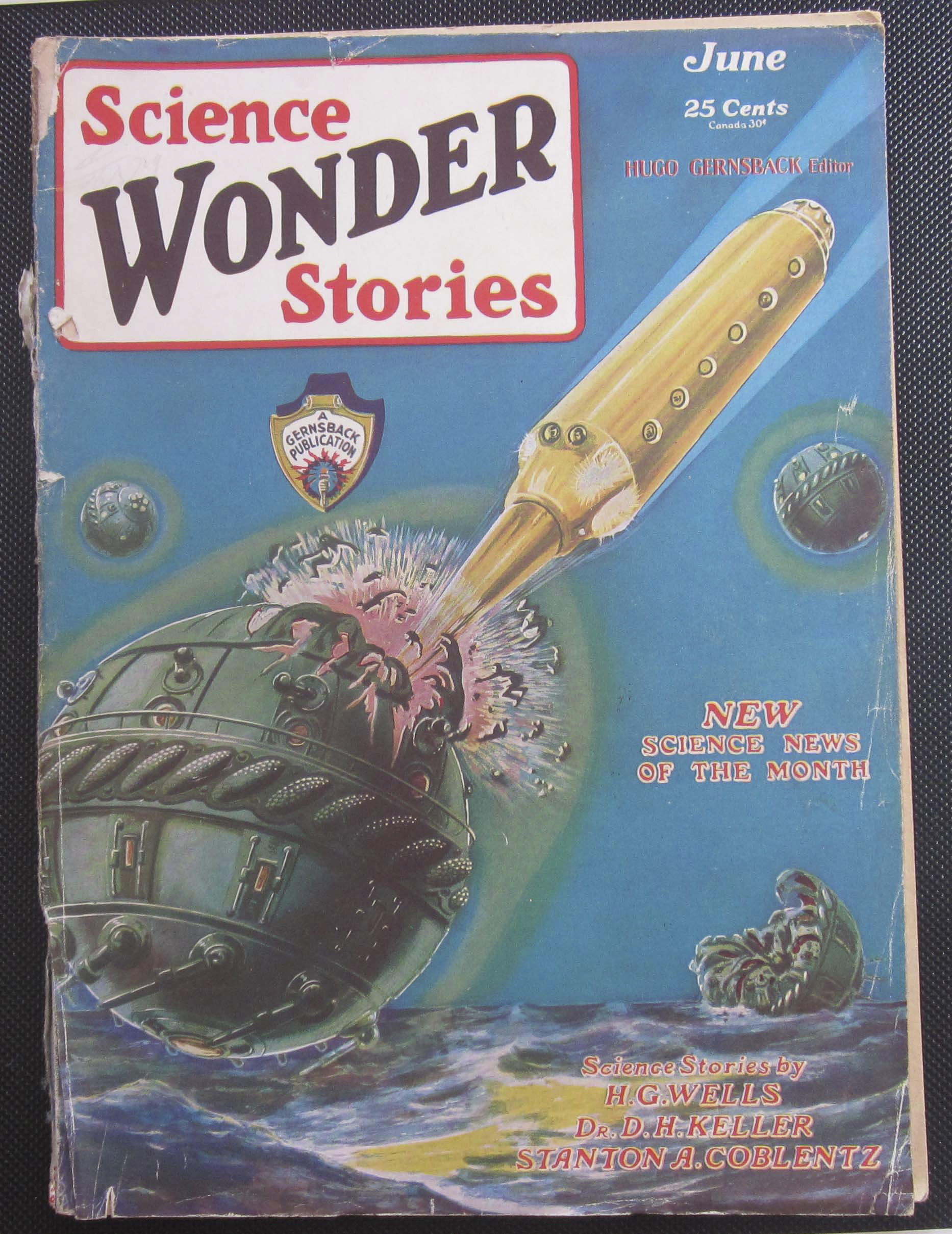The beauty of botany was on full display Friday when the U of M herbarium debuted its fourth Dry Media Art Exhibit at the Forth café gallery.
The U of M’s herbarium — a collection of pressed plants often used for scientific research — is a crucial part of the university’s history of scientific research. The vascular plant herbarium at the department of biological sciences includes over 80,000 specimens and was founded in 1907.
The artwork presented was the result of a two-day workshop held in September at the herbarium.
Tricia Wasney was one of the artists whose work was at the exhibit.
“What was great about [the research workshops] was that we were able to use the microscopes and really have access to things that we wouldn’t have access to,” said Wasney.
The dry media workshops and exhibits were co-created in 2015 by assistant herbarium curator Diana Sawatzky and bio-artist Helga Jakobson.
“We […] were both interested in the intersections of art and science,” said Jakobson.
“So, Diana […] and I dreamed up this idea of bringing people into that space and utilizing the equipment to be able to allow people an opportunity to create trans-disciplinary work.”
Themes including fragility both in plant life and death appeared in much of the exhibit’s artwork.
Charlene Brown’s work explored this theme by molding a bouquet of different plant species using clay which will eventually fall apart as it air dries.
“My inspiration was sort of the fragility of the pieces that we dealt with at the lab,” said Brown.
“When we were handed them they were dried flowers and they were so fragile, and that was the thing that kept coming back to me was how incredibly fragile it was. Clay is the opposite, you fire it and it lasts an eternity. So I wanted to take the same medium that I’d worked with forever and explore the whole concept of [temporariness].”
Heidi Eigenkind, another artist featured, generally works with fabric.
“I loved using the microscope […] and it was astonishing because what looks like dry material, [under the microscope] becomes this amazing world of textures and folds,” said Eingenkind.
“It’s like textiles to me when it becomes magnified […] you can actually see the [cells] of the petals and of the sepals.”
Artist Willow Rector’s photograph pieces revolved around a book of botanical art she found that intrigued her.
“It’s a very old [book], it is dated to the middle of the 18th century and they don’t know anything about it,” said Rector.
“It has no title page, no author, no publication, no date […] it’s professionally printed, the binding was leather.”
The book contained drawings and vividly green-colored plant paintings on some of its pages, while a few pages had dried plant specimens.
Dry Media IV: A Herbarium Art Exhibit will be at Forth until Nov. 10.





